Known for its vibrant green color and smooth texture, matcha is a powdered form of green tea leaves. Before you shop for the best matcha powders, here’s what you should know first. While matcha is found and used in popular recipes and beverages today (if you type in “matcha recipes” in Pinterest, you’d get thousands of entries from all over the web), it’s long been a staple in Japanese, Chinese, and Korean culture with traces of its presence dating back centuries (it’s believed that Buddhist monk Myoan Eisai discovered matcha in China and brought it back to Japan in 1191).
The flavor profile of matcha can be characterized as being rich with notes of bitterness or sweetness, making it ideal for cooking or baking. But matcha goes beyond its good looks; it’s a form of green tea that has a plethora of health benefits. For starters, it’s rich in antioxidants and is regarded by anti-aging experts as one of the healthiest drinks in the world. Today, matcha can be found in just about everything, from lattes to cookies to pancakes, and you can recreate matcha at home, thanks to convenient matcha powders.
Best matcha powders, at a glance:
Factors to consider when purchasing matcha
Quality
Matcha is marketed as “ceremonial” or “culinary” grade. However, these terms can be misleading as there are no set industry standards, says Eijiro Tsukada, CEO and founder of Cuzen Matcha. The best way to determine the quality is by looking at the harvest time. Here’s a breakdown:
Matcha made from spring harvest or “Ichibancha” tea leaves: Matcha from tea leaves harvested during the first harvest of the year. Usually mid-to-late May.
Matcha made from summer harvest or “Nibancha” tea leaves: Matcha from tea leaves harvested during the second harvest of the year. Usually late June.
Matcha made from autumn harvest or “Sanbancha” tea leaves: Matcha from tea leaves harvested during the third harvest of the year. Usually around September to October.
“Spring and summer-harvested tea leaves are shade-grown, which results in fresh, nutritious and umami-filled tea leaves and matcha,” says Tsukada. “This is because when matcha is shade-grown, it sustains L-theanine (an amino acid) of the green tea leaves.” Autumn-harvested tea leaves, however, are usually not shade-grown, resulting in a more bitter flavor.
“Thus, spring-harvest leaves with the highest quality will be used for tea ceremonies (what is referred to as ‘ceremonial grade’ matcha), whereas matcha from autumn-harvested tea leaves are likely to be used for baking or cooking (what is referred to as ‘culinary-grade’ matcha),” Tsukada adds. So to boil that all down: If you’re looking for high-quality matcha to brew as tea, shoot for spring harvest (or summer harvest, as a second choice), and if you want matcha for cooking and baking, an autumn harvest batch will do just fine.
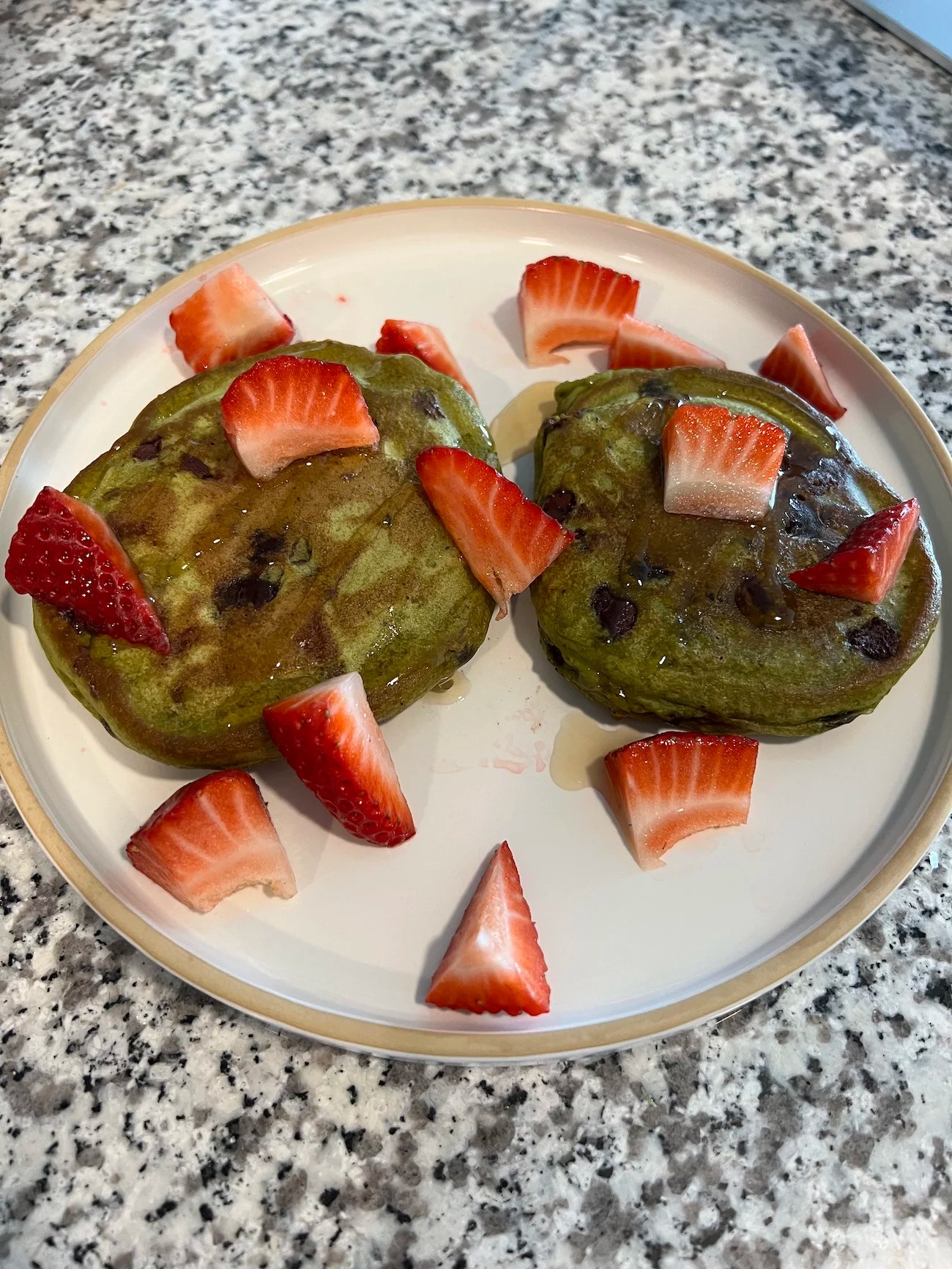
Sourcing region
One indicator for matcha quality is looking at the sourcing region. You’ll want to look for “single-origin” matcha. What this basically means is that matcha is sourced from one producer and remains unaltered. Tsukada adds that some of the most famous regions for single-origin teas are Uji, Kyoto, and Kagoshima.
Container
Matcha’s biggest threat is oxygen—which can oxidize the key nutrients and vitamins. Therefore, having an airtight container will come in handy for storing matcha powder. You’ll also want to avoid a see-through container, as sunlight can diminish the bright green color of your matcha. Remember, a dark container keeps the oxidation away.
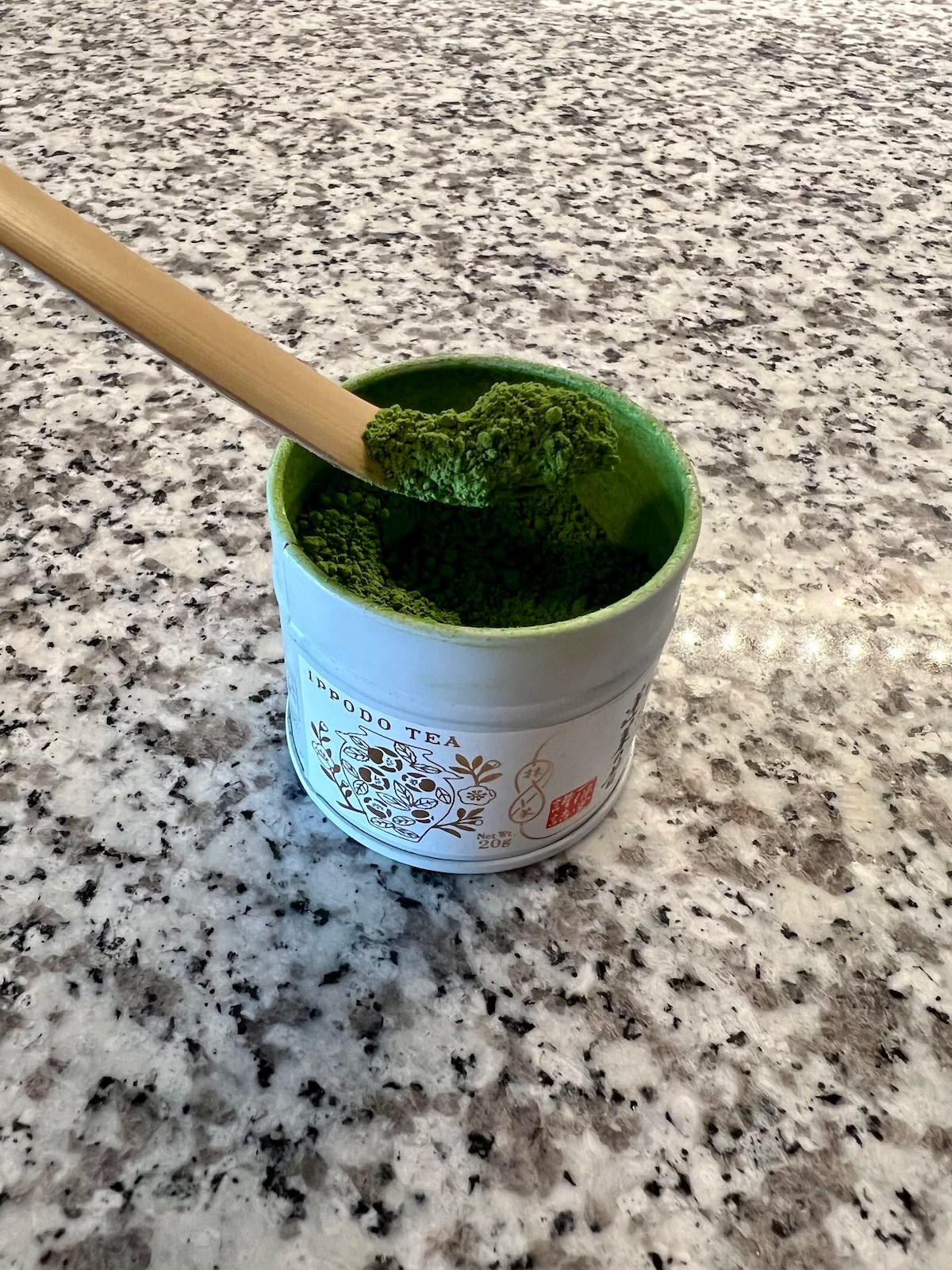
How to prepare matcha
Making matcha is a process, so here’s what you need to know. Grab your bamboo tea ladle to scoop a serving or two of matcha powder into a bowl. While it’s not required, sifting the matcha powder can change the consistency from grainy and thin to soft and frothy. Then, you’ll want to pour water into a tea bowl. Tsukada recommends cold or lukewarm water to ensure that the qualities of the matcha are fully preserved. “If you prefer to use hot water, use water no hotter than 175 degrees Fahrenheit, the temperature used for whisking matcha in a traditional bowl,” he says. For more information, read W+G’s step-by-step guide here.
Ready to shop? We tapped a matcha expert and tested some matcha powders to determine the best ones. Here are the seven best matcha powders worth sipping.
Best ceremonial

Jade Leaf, Organic Ceremonial Matcha — $20.00
For tea ceremonies, Jade Leaf Organic Ceremonial Matcha is a must have. This farm-to-cup matcha is harvested in Uji and Kagoshima, Japan by family-run farms and is crafted by Morita-san, Jade Leaf’s tea master who has been creating matcha flavor profiles for over 50 years, making it ideal for tea ceremonies.
“The flavor profile of their ceremonial grade offering is more approachable to those who prefer mild, umami notes and prefer to enjoy matcha in sweeter formats, like lattes or desserts,” says Tsukada. This 30-gram bag delivers a bang for your buck, offering between 15 and 30 servings. Add water and ice, and you’ll have an iced matcha tea that you’ll love a *latte.*
Origin: Uji and Kagoshima, Japan
Harvest: Spring
Weight: 30g
Servings: 15-30
- Rich and light flavor
- Harvested in Uji and Kagoshima, Japan
- Flavor crafted by tea master
Best for beginners
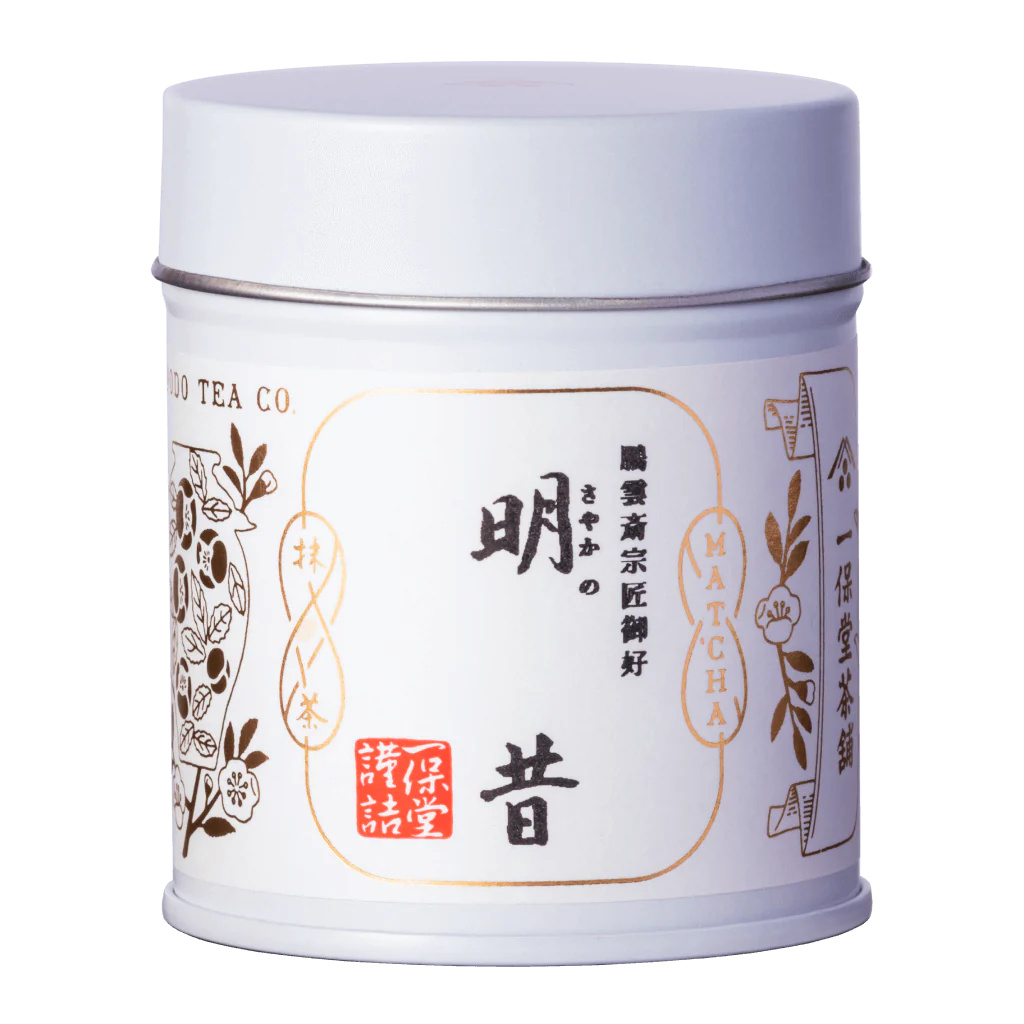
Ippodo, Sayaka — $35.00
Cultivated in the mountains of Kyoto, Sayaka is well-balanced matcha; it’s smooth, rich, and has a hint of bitterness. For people new to matcha, Sayaka is a great entry point, but its flavor profile is also beloved by hardcore matcha lovers. “This is a wonderful option for matcha aficionados who value higher grade offerings,” says Tsukada. As a beginner to making matcha myself, I found the Sayaka to be flavorful and easy to blend. All I had to do was sift, add water, whisk, and enjoy.
Origin: Kyoto, Japan
Harvest: Spring / summer
Weight: 40g
Servings: n/a
- Rich and bitter flavor
- Good quality
- Easy to whisk
- Harvested in Kyoto, Japan
- Short shelf life
- Expensive
Best for lattes

Encha, Latte Grade Matcha Green Tea — $30.00
If you’re looking to recreate cafe-quality matcha at home, consider using Encha’s Latte Grade Matcha Green Tea. Made from organic tencha leaves from Uji, Japan, Encha’s matcha powder produces a creamy and frothy texture, making it perfect for whipping up lattes. What’s great about this matcha is that the leaves are handpicked, and it’s slightly sweet, so there’s no need for extra sweetener (unless you really want it!). To drink, mix one teaspoon of powder into your choice of milk and mix. You’ll love to mix so matcha.
Origin: Uji, Japan
Harvest: Spring
Weight: 60g
Servings: 30
- Harvested in Uji, Japan
- Creamy and frothy
- Slightly sweet
Best leaf packets
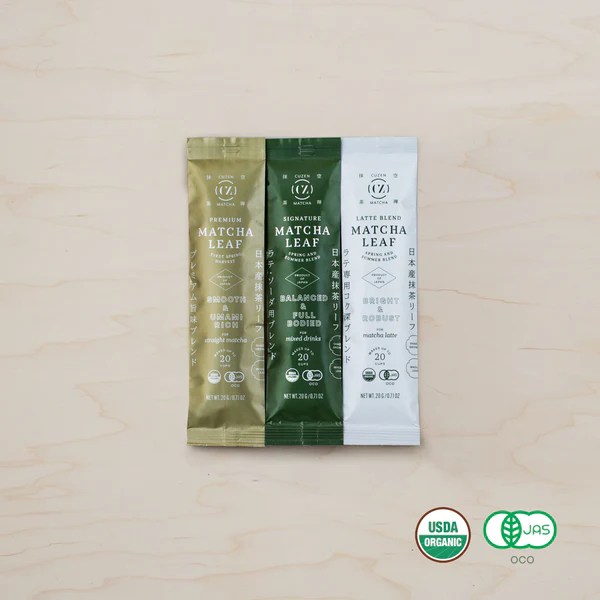
Cuzen Matcha, Organic Matcha Leaf Packets — $30.00
Hailing from Kagoshima, Japan, Cuzen Matcha’s Organic Leaf Packets contain shade-grown tencha leaves. This set comes with a variety of three different blends: Premium, Signature, and Latte. Premium offers a smooth and umami-rich taste; signature is balanced and fuller; and latte is bright and robust. Of all the blends, latte is most bitter with premium having just a hint of bitterness. What’s great about the leaf kit is that it can be stored in a container for up to two months. Talk about shelf life! Delicious, single-origin, and sustainably-farmed, Cuzen is matcha worth sipping on. (And if you’re looking for a matcha maker that expertly creates the best at-home matcha tea, Cuzen’s is well-worth the splurge.)
Origin: Kagoshima, Japan
Harvest: Spring / summer
Weight: 20g
Servings: up to 20 shots
- Two-month shelf life
- Offers three blends
- Shade-grown
- Harvested in Kagoshima, Japan
- Leaves need to be crushed
Best culinary

Vahdam Teas, Matcha Green Tea Powder Culinary Grade — $12.00
Calling all bakers and chefs! Vahdam Teas’ Culinary Grade Green Tea Powder is all the rave. Sourced from Shizuoka, Japan, this matcha offers earthy notes, is easy to blend, and amps up all of your culinary confections, from donuts to ice cream to lattes. I was able to whip up matcha pancakes with this powder and can attest to its delicious flavor and ease of use. With a large serving size and affordable price point, Vahdam’s Matcha Green Tea Powder is a great option for matcha flavor.
Origin: Shizuoka, Japan
Harvest: n/a
Weight: 100g
Servings: 50
- Affordable
- Easy to mix
- Culinary matcha
- Sourced from Shizuoka, Japan
Best matcha sticks
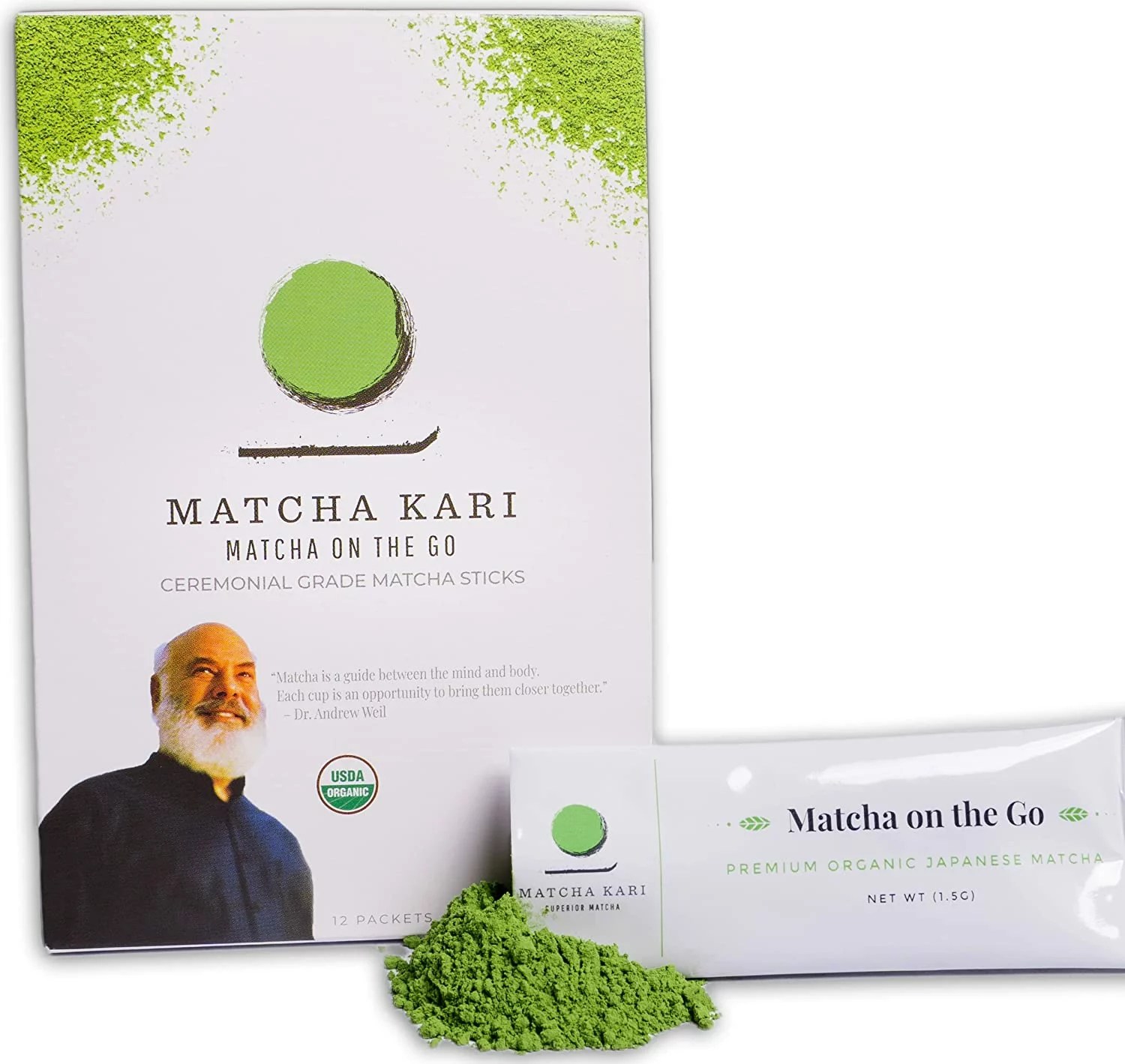
Matcha Kari, Japanese Matcha Sticks — $16.00
Packaged in single servings sticks, Matcha Kari’s Japanese Matcha Sticks are perfect for people on the go. This matcha is as convenient as it is tasty, with the leaves being grown in Uji, Japan. The flavor profile is smooth, and the ceremonial matcha is 100 percent organic, gluten-free, and has no additional additives. Pour it into a tumbler with your favorite glass of milk, and you’re ready to begin the day.
Origin: Uji, Japan
Harvest: n/a
Weight: 1.5g
Servings: 12
- Packaged in sticks
- Organic
- Leaves grown in Uji, Japan
- May be difficult to mix for some

Rishi Tea, Matcha Super Green Herbal Tea — $32.00
Value convenience? Tea bags may be worth your while. These tea bags by Rishi combine organic Sencha and ground matcha that have been harvested in the Kyushu region of Japan. This tea lends a light and sweet flavor that’s not too overbearing. Also nice? They’re organic and packaged in biodegradable tea bags (points for sustainable packaging). All you have to do is seep, sit back, and sip.
Origin: Kyushu, Japan
Harvest: Spring
Weight: n/a
Servings: 50
- Convenient to drink
- Leaves sourced from Kyushu, Japan
- Sustainable packaging
- Some report tea bags breaking
Our editors independently select these products. Making a purchase through our links may earn Well+Good a commission.
